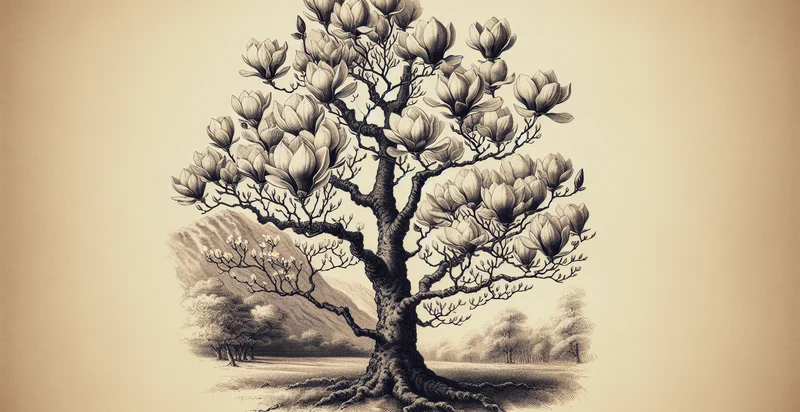Identify palm tree species
using AI
Below is a free classifier to identify palm tree species. Just upload your image, and our AI will predict what species of palm tree it is - in just seconds.

Contact us for API access
Or, use Nyckel to build highly-accurate custom classifiers in just minutes. No PhD required.
Get started
import nyckel
credentials = nyckel.Credentials("YOUR_CLIENT_ID", "YOUR_CLIENT_SECRET")
nyckel.invoke("palm-tree-species", "your_image_url", credentials)
fetch('https://www.nyckel.com/v1/functions/palm-tree-species/invoke', {
method: 'POST',
headers: {
'Authorization': 'Bearer ' + 'YOUR_BEARER_TOKEN',
'Content-Type': 'application/json',
},
body: JSON.stringify(
{"data": "your_image_url"}
)
})
.then(response => response.json())
.then(data => console.log(data));
curl -X POST \
-H "Content-Type: application/json" \
-H "Authorization: Bearer YOUR_BEARER_TOKEN" \
-d '{"data": "your_image_url"}' \
https://www.nyckel.com/v1/functions/palm-tree-species/invoke
How this classifier works
To start, upload your image. Our AI tool will then predict what species of palm tree it is.
This pretrained image model uses a Nyckel-created dataset and has 20 labels, including Areca Palm, Bamboo Palm, Betel Palm, Cabbage Palm, Chinese Fan Palm, Chinese Palm, Coconut Palm, Date Palm, Dwarf Date Palm and Fan Palm.
We'll also show a confidence score (the higher the number, the more confident the AI model is around what species of palm tree it is).
Whether you're just curious or building palm tree species detection into your application, we hope our classifier proves helpful.
Related Classifiers
Need to identify palm tree species at scale?
Get API or Zapier access to this classifier for free. It's perfect for:
- Botanical Research: Researchers studying palm tree biodiversity can use the palm tree species identifier to quickly classify and catalog various species in the field. This tool would enhance their ability to monitor species distribution and health, facilitating conservation efforts.
- Landscape Design: Landscape architects can utilize the identifier to select appropriate palm species for specific climates and design aesthetics. By ensuring the right species are chosen, the tool helps maintain healthy landscapes that meet design goals while being environmentally sustainable.
- Agricultural Development: Farmers and agricultural scientists can leverage the identifier to optimize the cultivation of specific palm tree varieties that yield higher produce or are disease-resistant. This leads to enhanced agricultural productivity and better crop management practices.
- Eco-Tourism: Eco-tourism businesses can use the palm tree species identifier to create educational materials and guided tours that focus on local flora. This adds value to their offerings while fostering a greater appreciation for biodiversity among tourists.
- Urban Planning: City planners can incorporate the identifier to assess and choose palm species that thrive in urban environments, contributing to urban greening initiatives. This aids in the development of more sustainable cities and enhances the aesthetic appeal of urban spaces.
- Horticultural Training: Educational institutions can use the palm tree species identifier as a teaching tool in horticulture courses. By providing students with a practical application, it enhances their learning experience and better prepares them for careers in botany and environmental science.
- Online Plant Identification Apps: Developers of plant identification software can integrate the palm tree species identifier into their applications to provide users with instant access to information on palm species. This functionality can engage more users interested in botany or gardening and enrich their knowledge base.


